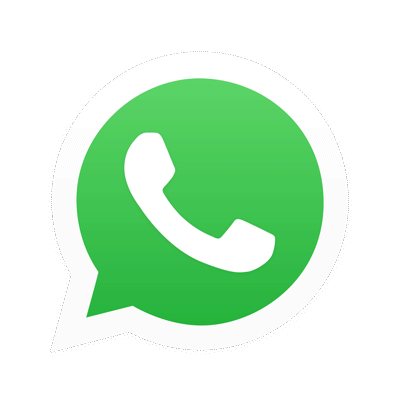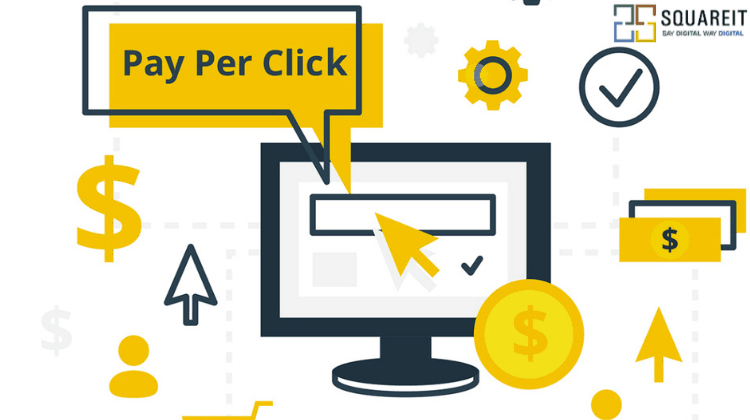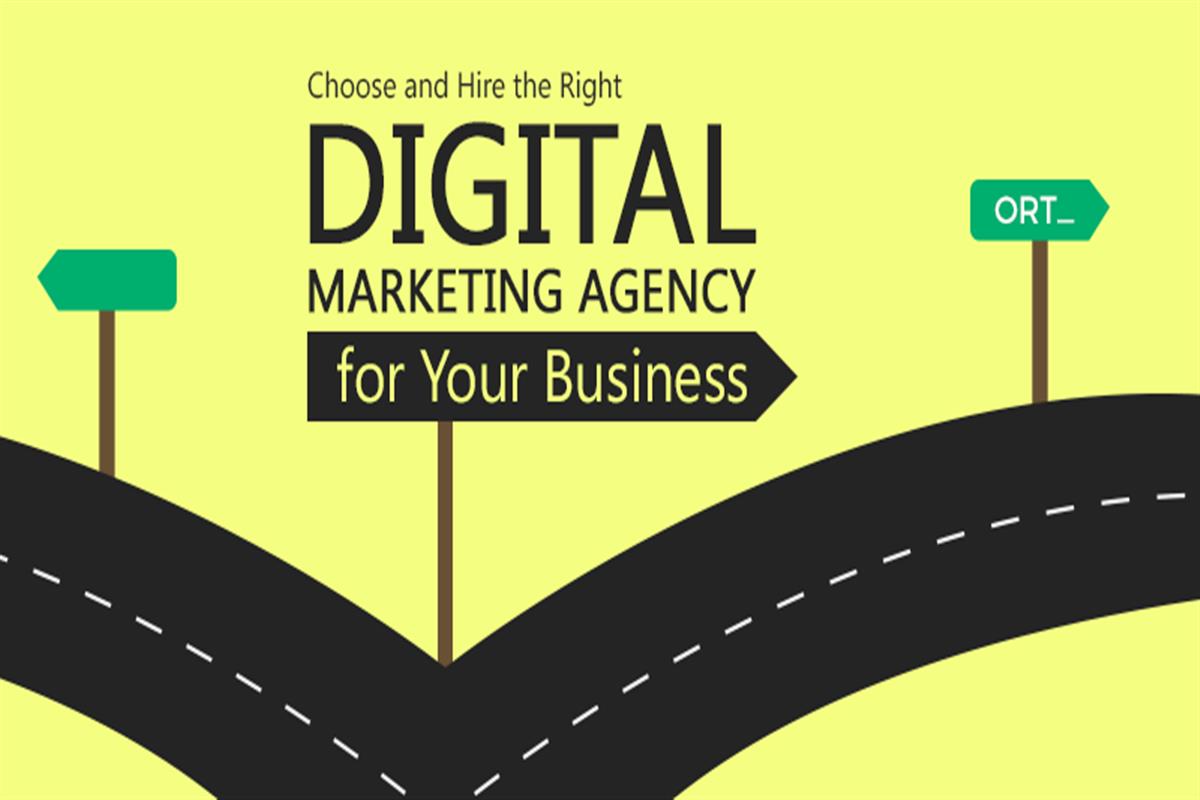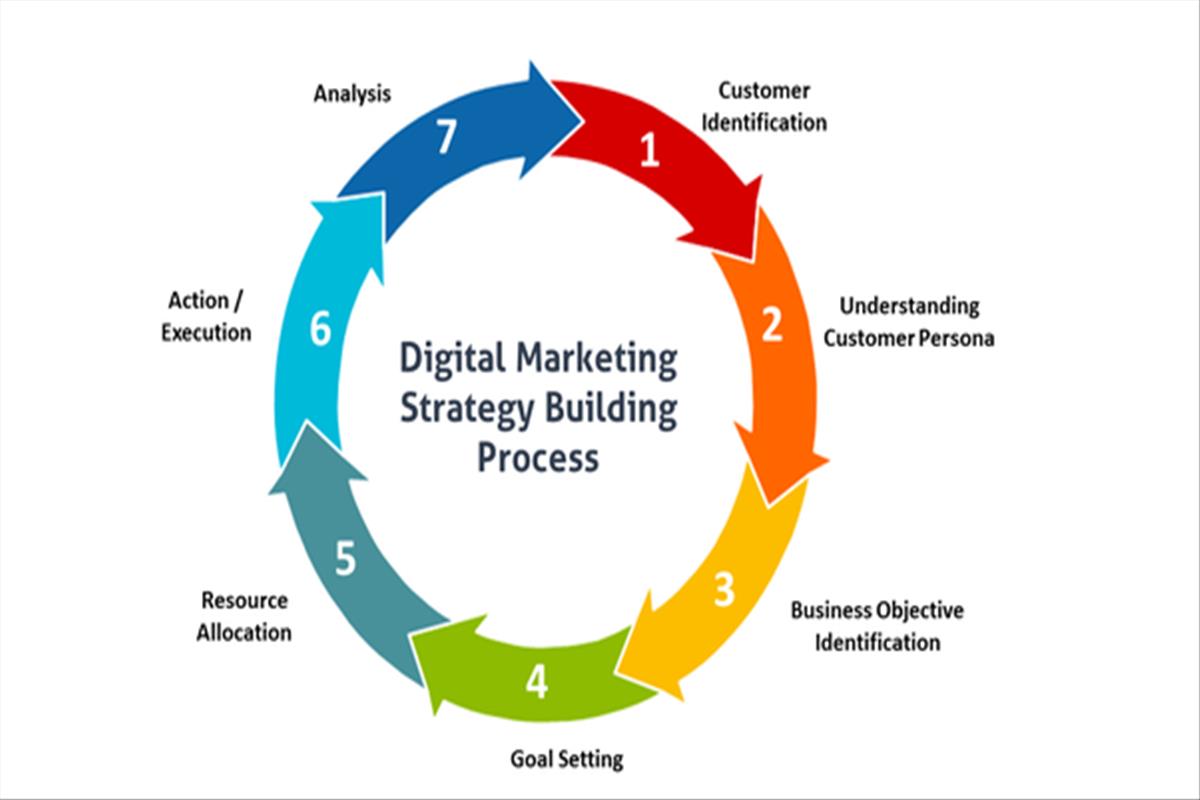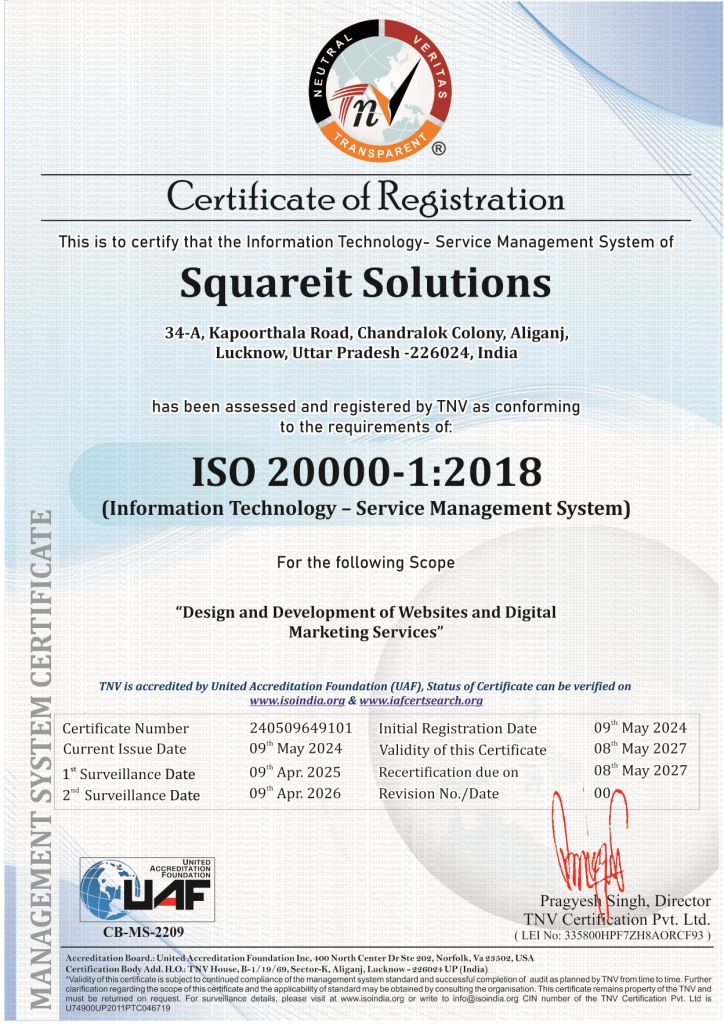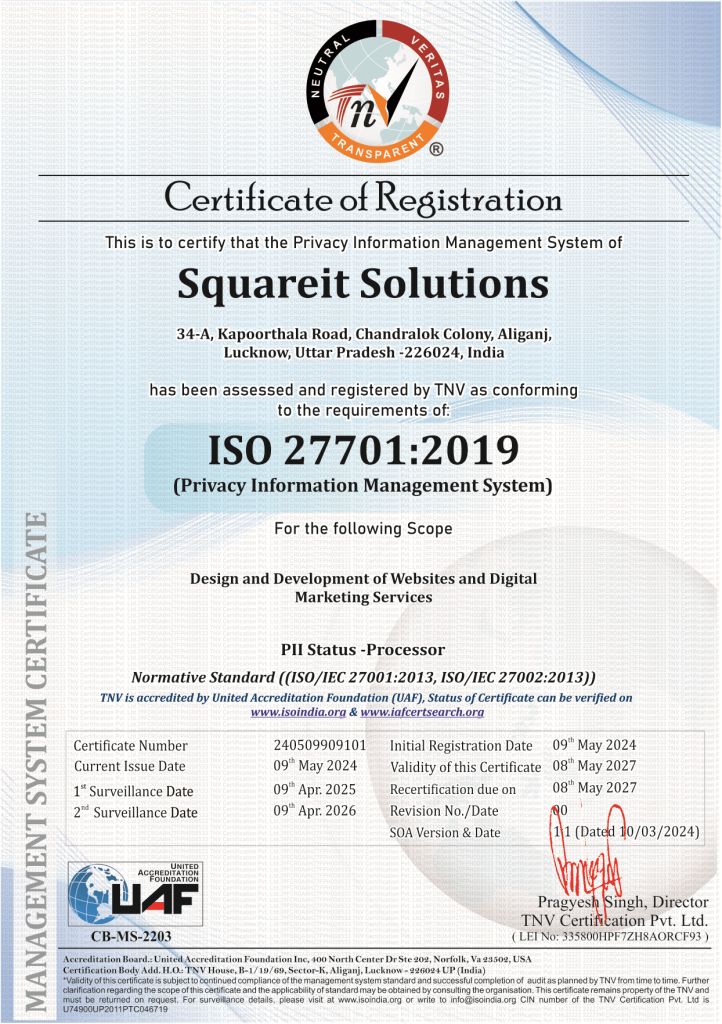Pay-per-click (PPC) is an online marketing and marketing version wherein an advertiser can pay a writer on every advertisement a commercial hyperlink is “clicked” on.
Pay-per-click (PPC) is an online marketing and marketing version wherein an advertiser can pay a writer on every advertisement a commercial hyperlink is “clicked” on. Alternatively, PPC is called the cost-per-click (CPC) version. The pay-per-click on version is obtainable on the whole via way of means of search engines and social networks. Some of the commonly used search engines is google and social media platforms are Facebook and Instagram. Google Ads, Facebook Ads, and Twitter Ads are the most famous structures for PPC marketing and marketing.
How PPC Model Works
PPC model is based on the phenomenon of keywords where advertisements are run using particular keywords which helps advertisers to target the relevant audience.
This process could be understood from the example that if any person makes a search related to any product or service then these advertisements pop up on the screen and which increases the chances of clicking on the Ad and the person who will be entering the landing page after clicking on the website would also be considered relevant. Therefore, companies give huge importance to the keywords and as well as the location where they expect an audience to show interest in their product or service.
Online Ads act as a win-win situation for both advertiser and publisher both. As a publisher, a person has the resources to shoe run and show his/her ads to the relevant audience and at a relevant location where chances of sale of his product or services increase resulting in the growth of his business. Talking about the advertisers helps them generate revenue for themselves. These Ads act as a boon for the companies like Google and YouTube-like companies whose services are available for free or you don’t need to pay for their services like searching, watching videos or learning.
Types of PPC Models-
1. Flat-rate Model
A fixed fee is paid by the advertiser to the publisher for every click in Flat-rate Model. Options like negotiation regarding the price are available to the publisher in this model. in the case of a high-value contract or a long-term contract a publisher may lower the fixed price. This could be understood from the example that if you would take a subscription to Netflix then you pay a fixed rate per month or year.
Pros-
- It is simple to understand and easily predictable.
- It is to communicate which makes it easily saleable.
- It works well for companies with narrow products and single buyer persons.
Cons-
- It only works with a few companies whereas it is nearly extinct in the SaaS ecosystem.
- More likely business owners choose the alternative available models with a more budget-friendly starter plan.
2. Bid-based Model
This model gives advertisers the option to bid for their advertising spot. More the bid
higher would be his chances to rank his ad on his chosen media. But the Ad rank does not only depend upon the bid but also on the quality score. The winner of an auction is generally determined by the rank, not the total amount, of money offered.
Pros-
- Less Competition
- More Brand Awareness
- A Qualified Audience
Cons-
- Bidding War
- Potential Legal Problems
- Lower CTR or quality score
